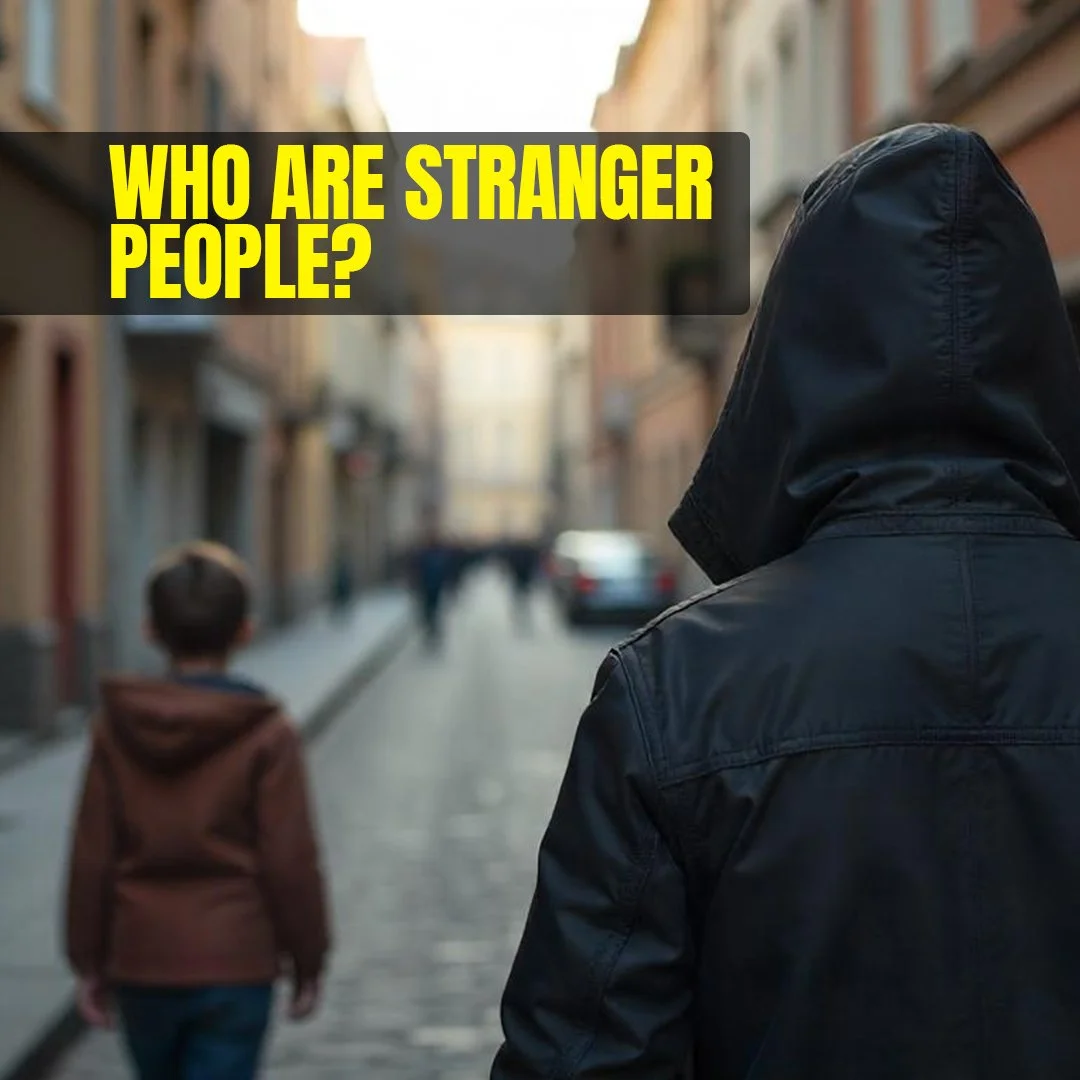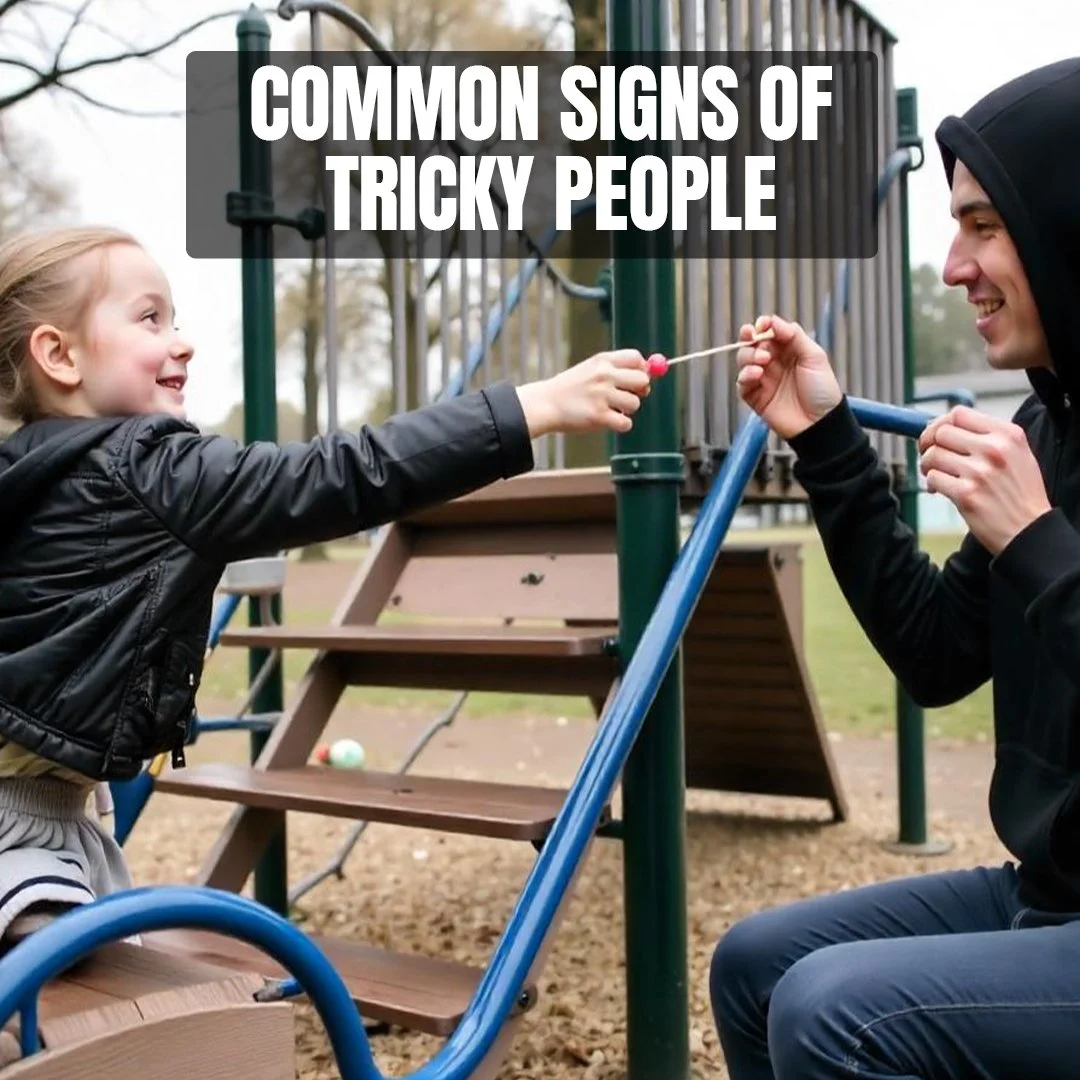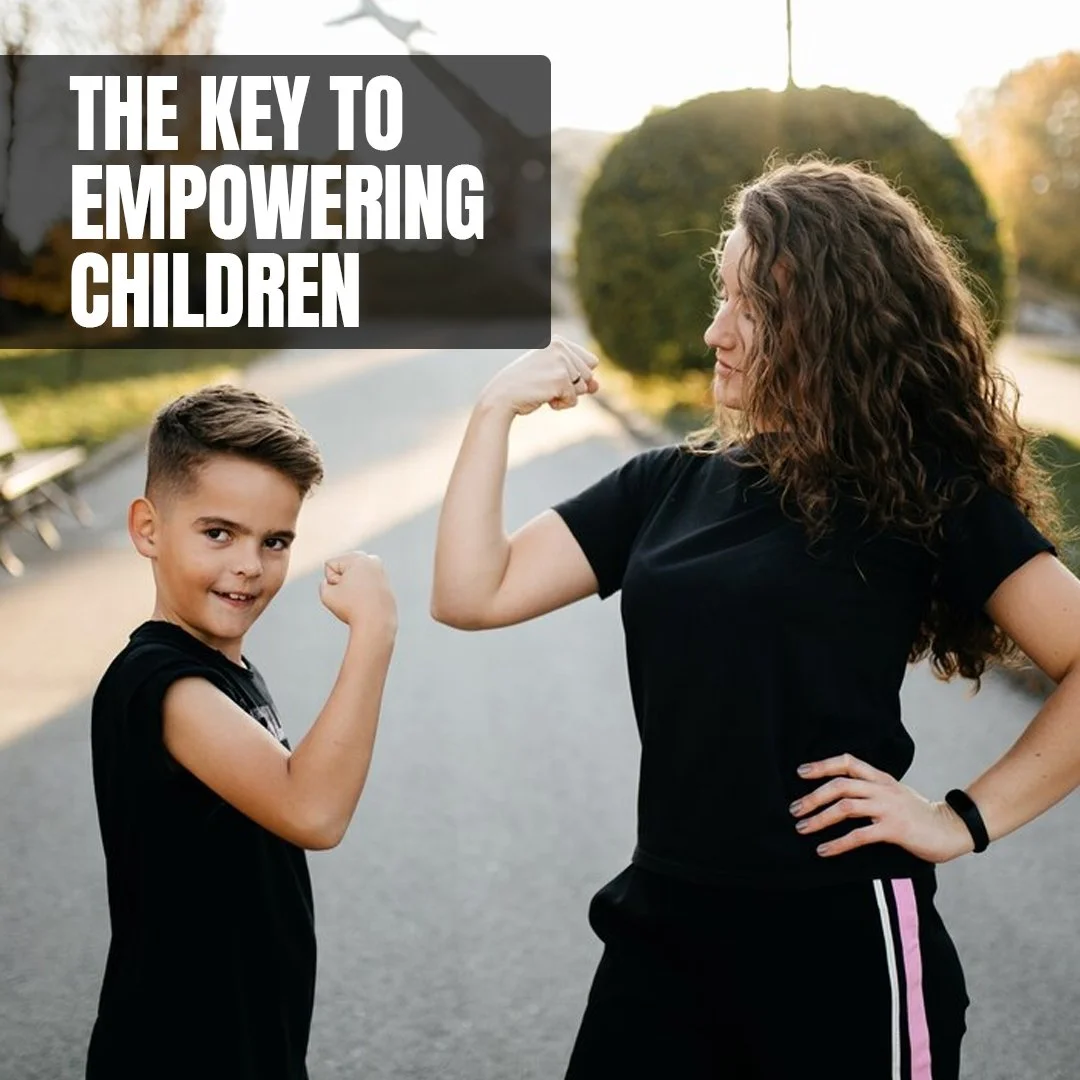How You Can Teach Your Children About Stranger People
"Hey kid, I need help! I lost my phone—can you come with me to find it?"
"I’m a friend of your dad’s. He asked me to pick you up today."
Sounds innocent, right? But should your child go with them or walk away?
In that moment, knowing the right response isn’t about doubt—it’s about confidence.
Strange people don’t always look like a jeopardise. They can seem kind, familiar, or even helpful, making it harder for children to recognise when something isn’t right. That’s why it’s crucial to teach them to focus on actions, not appearances. When children understand the behaviours of tricky people, they can trust their instincts and respond safely in any situation.
As parents, we do everything we can to keep our children safe like - locking doors, setting rules, and reminding them to stay close. But what about the unknown people who can be the problem that isn’t so obvious? Unlike the outdated idea of “strangers are not good,” the concept of tricky people teaches children that the problem isn’t about how someone looks, it’s about what they say and do.
So, how do you prepare your child for these situations by making them confident to deal with strangers? The key is education, awareness, and open conversations. And one of the best places to start is in a supervised environment like a play zone. These spaces allow children to interact, learn boundaries, and develop the confidence to recognise unsafe situations, all while having fun.
In this blog, you’ll discover the key signs of tricky people, how to empower your child with safety skills, and why play zones can be powerful partners in this learning journey. By the end, you’ll have practical strategies to ensure your child is not just aware but also equipped to handle tricky situations with confidence. Let’s take the first step together.
Who Are Stranger People?
Who can be a stranger person to a child? Maybe someone with a serious face, barely a smile, and a long, untidy beard? Or perhaps a grumpy old man in a trench coat? Not really!
In reality, tricky people don’t come with warning signs. They can be well-dressed, friendly, and even familiar—like the nice lady at the park or the "cool" guy who knows a few magic tricks. The real trick isn’t in how they look but in what they say and do. That’s why teaching kids to focus on actions, not appearances, is the key to keeping them safe.
Stranger people are individuals who approach children with dishonest or harmful motives. They can be strangers, distant acquaintances, or even someone the child has met before. What makes them tricky is their ability to gain trust and manipulate situations to their advantage. Unlike the traditional idea of “bad stranger people,” tricky people don’t always stand out. They use clever tactics, kind words, friendly gestures, and fake emergencies to lure children into unsafe situations.
This is why it’s crucial to teach children that safety isn’t about how someone looks, it's about how they make them feel. If a person’s words or actions cause discomfort, hesitation, or confusion, children need to trust their instincts and seek help.
Now that we understand who tricky people are, let’s explore the common signs that can help children identify them before it’s too late.
Common Signs of Tricky People
Stranger people don’t always seem bad at first, but their behaviour often reveals their true intentions. Teaching children to recognise these warning signs can help them stay safe and respond confidently. Here are key red flags every parent should discuss with their child:
1. Asking Children for Help
A responsible adult doesn’t ask a child for help, they turn to other adults. If someone approaches your child for directions, helps carry something, or finds something lost, it's a sign of manipulation. Teach your child that it's okay to say “no” and walk away.
2. Requesting to Keep Secrets
Safe adults never ask children to keep secrets, especially from their parents. If someone tells your child, “This is just between us,” or “Don’t tell your mum and dad,” it’s a red flag. Encourage your child to always share anything that feels secretive or uncomfortable with you.
3. Trying to Arrange Alone Time
Stranger people often try to isolate children by offering a “special” opportunity like showing them something cool or taking them somewhere private. Teach your child that they should never go anywhere alone with someone, even if they seem friendly or familiar.
4. Using Urgency or Emergencies
A common tactic of tricky people is creating panic. They might say, “Your parents are hurt, you need to come with me now!” or “It’s an emergency, hurry!” Teach your child to stay calm, look for a trusted adult, and never leave with a stranger without confirming with a parent first.
5. Encouraging Rule-Breaking
Safe adults respect family rules, while strangers often try to bend or break them. If someone urges your child to lie, sneak away, or break a rule, they should recognise this as a warning sign. Reinforce that real friends and safe adults never ask them to go against what they’ve been taught.
6. Causing Discomfort
Children have strong instincts, and they should trust them. If someone makes them feel nervous, scared, or uneasy even without a clear reason it’s important to listen to that feeling. Teach your child to step away and find a trusted adult when they feel something isn’t right.
By helping children identify these behaviours, parents empower them to make safe choices. But awareness alone isn’t enough. Children need the confidence to act. In the next section, we’ll explore how to equip them with the right safety skills.
The Key to Empowering Children
Teaching children about tricky people isn’t just about warning them—it’s about empowering them with confidence and knowledge. When children feel supported and educated, they are more likely to recognise unsafe situations and respond effectively. Here’s how parents can build a strong foundation for their child’s safety:
Fostering Open Communication
A child who feels heard is more likely to share their concerns.
Encourage daily conversations where they feel safe discussing anything, big or small.
Remind them that they can always talk to you, no matter what.
Maintaining Positive Conversations
Conversations about safety shouldn’t be scary.
Frame them in a way that reassures children instead of instilling fear.
Instead of saying, “Strangers are not good,” say, “Most people are good, but it’s important to know what to do if someone makes you uncomfortable.”
Regular Check-Ins
Children may not always speak up on their own, so parents need to ask questions.
“Did anything make you feel uncomfortable today?” or “Is there something on your mind?”
These simple questions encourage openness and help identify any concerns early.
Utilizing Play Zones
Supervised play zones like - Wonderland Play provide a safe and structured environment where children can explore, interact, and develop social skills under the watchful eyes of trained staff.
These spaces often have security measures such as controlled entry points, CCTV surveillance, and staff trained in child safety protocols, ensuring that children are protected while they play.
Many Soft play areas also integrate educational activities that teach children how to identify and respond to stranger people in a way that feels natural and engaging.
Some offer stranger awareness workshops, role-playing activities, and guided discussions to help children learn essential safety skills in a fun, non-intimidating manner.
For parents, play zones provide an opportunity to observe their child's social interactions and reinforce important safety rules.
Identifying Safe Strangers
Not all strangers are bad, some are there to help.
Teach children to recognise safe adults like police officers, security personnel, teachers, and shop staff.
Show them how to seek help if they ever feel lost or unsafe.
No Secrets Policy
Make it clear that secrets about safety should never be kept.
Teach children the difference between a surprise (which is fun and temporary) and a secret (which can be harmful).
A simple rule: if someone asks them to keep a secret from their parents, they should always tell.
Teaching Body Rules
Children should understand that their body belongs to them.
Teach them that no one has the right to touch them in a way that makes them feel uncomfortable.
Empower them to say "no" and seek help when necessary.
By equipping children with these safety tools, parents give them the confidence to navigate social situations wisely. Next, we’ll wrap up with final thoughts on keeping kids safe while allowing them the freedom to explore the world.
Final Thoughts
Teaching children about stranger people and personal safety is not about creating fear but about empowering them with confidence and awareness. We’ve discussed how tricky people operate, the warning signs to watch for, and the crucial role parents play in guiding their children. Most importantly, we explored how play zones can be a valuable ally in this learning journey, offering a safe space where children can practice social interactions while being protected.
By combining open conversations, real-life practice, and trusted community resources, parents can equip their children with the tools they need to navigate the world safely. Play zones not only provide entertainment but also offer a structured environment to reinforce essential safety lessons.
Are you ready to give your child a fun and secure space to learn important life skills? Explore a play zone near you and turn everyday play into a valuable learning experience!
Frequently Asked Question’s
-
Teach kids that strangers aren’t always scary-looking—focus on actions, not appearances. Emphasise safe behaviours, like never going anywhere without telling a trusted adult.
-
Start around age 3-4 with simple concepts like personal boundaries and "safe adults," and build on these ideas as they grow.
-
Explain that "good strangers" are people like police officers, teachers, or security staff—those they can approach for help when lost or scared.
-
Replace "stranger danger" with "tricky people"—teaching kids to trust their instincts and watch for behaviours like asking for secrets or urging rule-breaking.
-
The No-Go-Tell rule means: Say NO if someone makes them uncomfortable, GO away to a safe place, and TELL a trusted adult what happened.





